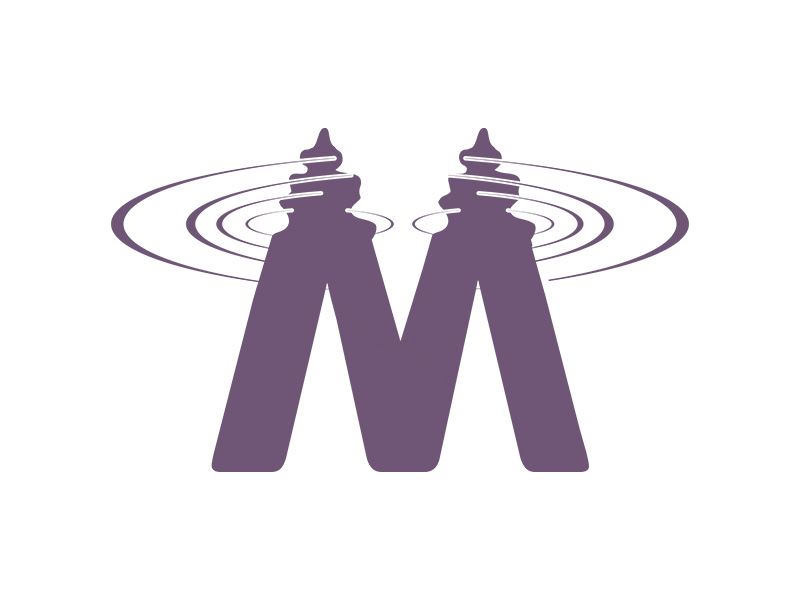We’ve all done it at some point. You glance at a familiar logo, maybe yours and it just feels right. Balanced. Polished. Familiar.
But then, flip it upside down. Suddenly, it looks awkward. The balance feels off. Lines that once seemed elegant now appear lopsided or uneven.
That’s not just a design quirk. It’s a powerful metaphor for your brand.
Because when you look at your brand from a fresh, uncomfortable angle, literally or figuratively, you begin to see the weak spots you’ve trained yourself to overlook.
Let’s turn things upside down for a moment.
 Familiarity hides flaws
Familiarity hides flaws
When you stare at something long enough, for example your logo, your messaging or your website, your brain stops seeing it properly. It fills in gaps, smooths out edges and filters out flaws.
Flipping your logo upside down breaks that pattern. It forces your eyes and your mind to reassess the shapes, proportions and balance. Suddenly, what was “fine” looks not so fine.
The same happens with your brand. Over time, familiarity breeds blindness. You become attached to your tagline, your tone, your visuals. You stop questioning if they still serve your audience.
Upside-down thinking snaps you out of autopilot.
Perspective reveals imbalance
When inverted, you might notice your logo leans too heavily to one side. Maybe the weight of the font feels off. Maybe one icon looks awkward next to the other.
That imbalance mirrors your brand’s structure. Perhaps your marketing efforts lean too heavily on one channel. Maybe your brand story overemphasises features, not values.
Changing perspective exposes where your brand lacks symmetry in message, emotion, or customer experience.
The uncomfortable angle is where truth hides
No one likes seeing something familiar look “wrong.” It’s unsettling. But that discomfort is exactly where growth begins.
When you flip your brand’s visual, strategy, or story on its head, you surface contradictions:
- Promises that don’t match delivery.
- Messaging that doesn’t fit customer reality.
- Designs that look great in presentations but confusing in practice.
Looking upside down means being brave enough to see your own blind spots.
Inversion fuels innovation
Designers often use this technique, rotating a logo, squinting, zooming out to see it fresh. It’s a creative reset.
What if you did the same with your entire brand?
- Flip your customer journey and experience it as a first-time buyer.
- Invert your priorities by focussing on retention before acquisition.
- Ask your team what doesn’t work instead of what’s going well.
Sometimes, the best ideas come not from adding more, but from turning your assumptions upside down and seeing what still holds together.
Strength comes from symmetry
When you flip your logo back upright, you’ll notice one of two things:
- It feels balanced which is a sign your foundation is strong.
- It still looks off which is a clue that something deeper needs fixing.
Either way, you’ve gained awareness. A strong brand is one that looks coherent from any angle, in design, message and experience. That’s what builds trust e.g. balance that endures, even when viewed from the “wrong” side.
Upside down today, right side up tomorrow
So here’s your challenge:
Print your logo. Flip it upside down. Stick it to the wall.
Now ask:
- What feels off-balance?
- What looks outdated?
- What feels disconnected from who we are now?
Those aren’t design flaws, they’re diagnostic clues.
Because when you’re brave enough to see your brand from a new angle, you don’t just spot weaknesses but you find opportunities to evolve, refine and rebuild stronger than before.
Sometimes all it takes to fix what’s not working is a little inversion. When you dare to see your brand upside down, you might just find the insight that turns everything right side up.
